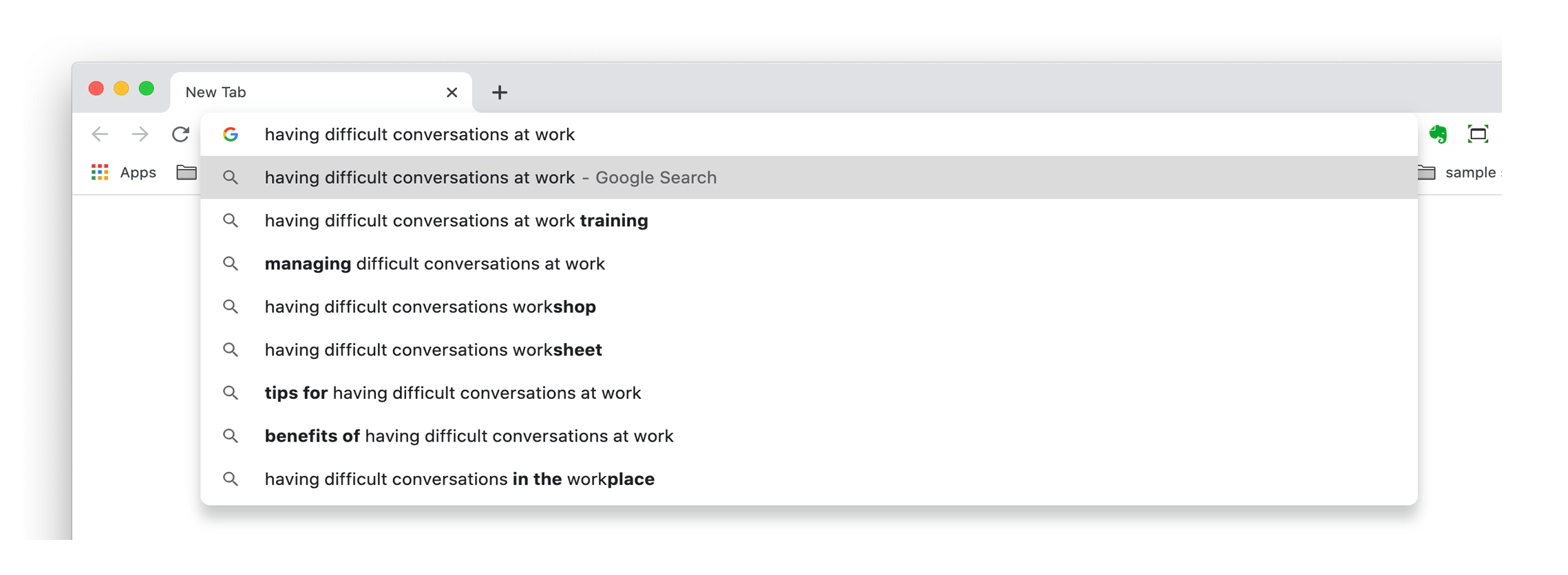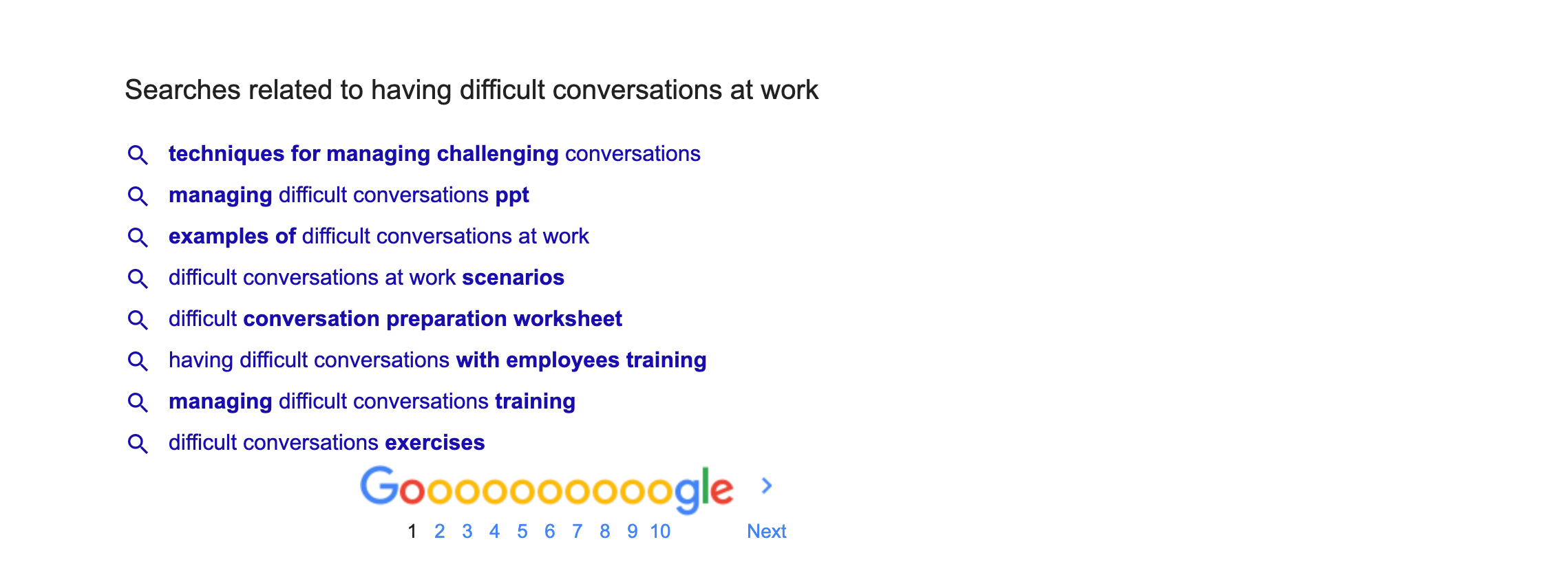How to use style, structure & tone to help your blog content rank.
This blog content guide was originally written for a client, called Laughology, a London-based learning and development organisation, who retain us to work on website design, content creation, and creative digital marketing.
Although they are based in London, they have a number of trainers and consultants based throughout the UK, all of whom will be creating website and blog content with the goal of increasing visitors, and converting them into clients
This guide helped them understand why and how we add fresh content to the website, how that content should be structured, and the correct tone and style to use. It is relevant to all content creators.
These blog style tips and techniques will help you to increase the visibility of Laughology blogs in search engine results and make them more relevant to readers.
Why we add blog content to the website
A website that regularly posts well written and relevant content/blogs will increase its ranking on search engines and increase visitors to the site. The blogs will:
- Demonstrate knowledge
- Build trust with existing and potential clients
- Increase trainer bookings
What should the reader get from a blog?
Think of a blog as a kind of L&D Haynes manual - but hopefully a bit more entertaining and dynamic. They should be a 'how to' for the workplace. Blogs should identify a need/problem/issue, and show how to overcome them by explaining: what to do, how to do it, and why.
What should we write about in a blog?
Think about what's current and topical, within Laughology and the broader world of work. What's in the news, what are others blogging about, are there new L&D innovations clients should know about? Listen to what clients are telling you about issues they are having in their workplaces, what they are trying to change and improve. In those conversations, emails and training needs forms, will be clues to possible blogs subjects.
If a client explains that redundancies are looming, maybe a blog about having difficult conversations may be useful. A comment about the high turnover of staff or high absenteeism could suggest a blog about motivation or resilience. You're the L&D experts - what's exciting and relevant to your potential and existing clients?
Research your blog subject
We have recently been discussing having difficult conversation as a blog subject, so let's go with that as an example for a blog. Before you write it, spend a few minutes researching the subject and finding out what question people are searching for.
A search using Google in the Chrome browser, for the search term 'having difficult conversations at work' shows a list of related questions people have been asking. You can see these in the 'people also ask' box at the top end of the search results.

Examples of 'people also ask', are:
- How do you have difficult conversations with employees?
- How do you have difficult conversations with clients?
- How do you have difficult conversations when you don't like conflict?
- How do you start an uncomfortable conversation?
- How do you have difficult conversations with your partner?
- How do you handle an employee with a bad attitude?
- How do you start a conversation with a difficult person?
- How do you mentally prepare for a difficult conversation?
- How do you have a difficult conversation with your boss?

In the 'Searches related to having difficult conversations at work' list, at the bottom of Google Chrome, suggested other questions people have been asking, such as:
- managing difficult conversations ppt
- having difficult conversations with employees training
- difficult conversation preparation worksheet
- difficult conversations training course
- difficult conversations training activities
- how to have a difficult conversation with your boss
- having difficult conversations with clients
- having difficult conversations with parents
If you want to get really granular and do some further keyword research, there are many tools you can use. Google has its own keyword tool. One of our favourites is the MOZ keyword tool. You will have to pay for the privilege, but it comes with lots of other juicy SEO features
This keyword research should be your starting point for possible titles, subtitles and sections of your blog. Remember, search engines will only show your content if it contains the language and reflects the intent of the searcher.
It's important to consider who your blog is written for. The language you use for a headteacher blog may be different than the language you use for teachers. The technical L&D language you can use with HR professionals may not work so well with other sectors of the workforce, or indeed between different industries. Know your audience.
Remember that not everyone will use technical L&D language when looking for solutions online. I would be surprised if many people sat down and searched for 'how do I create a resilient and engaged workforce', they are more likely to search for the results of not having a resilient and engaged workforce, so it's important to reflect that. It's up to the author to identify that language and reflect it in the blog.
Blog style and tone of voice
The blogs should offer solutions to problems and practical advice in a punchy and dynamic style which reflects the personality of the author and Laughology - a weird mixture of Stephen Fry and Sandi Toksvig I believe the last team meeting decided best reflected the organisation?
Blogs are ultimately designed to sell Laughology, but they don't need to shout about what we do or how good we are. The blog content should prove that. They need to sound friendly and useful - not selly. If you include a phrase or word related to a Laughology workshop or programme, we will create a link to it.
We want the blog to reflect the personality of Laughology and the author, but we don't need too much autobiography unless it supports the 'what, how and why.
It's important to remember that blogs should be written for humans and optimised for search engines. It's easy to forget that when trying to optimise content for search engines.
How should a blog be structured?
Blog title
The title is one of the most important clue search engines have to help them guess what the content is about. A relevant, engaging title will also encourage humans to click your blog ahead of all the other search results.
If the blog is about difficult conversations use that key phrase in the title - the rest is up to you - it can still be witty and engaging.
The title is also the most prominent part of social media posts - a good one will increase clicks and engagement.
Keep the important part of the title in the first 60 characters. Most titles will be cut off in search results after that length - at least on desktop searches.
Google typically displays the first 50–60 characters of a title tag. If you keep your titles under 60 characters, you can expect about 90% of your titles to display properly.
On some mobile devices, you may get more of the title showing. Feel free to make it longer but be aware it may not all show on some devices.
Introduction/first paragraph
Make sure the first para or two explains the subject of the blog.
Repeat the key phrase, but don't overuse it. Otherwise, your writing can become a bit wooden. Introduce related terms and words - don't overthink these - they will generally flow as a natural part of your writing
The title and first couple of paras should make it clear to readers and search engines exactly what the blog is about and what they will learn if they read on.
Have a look at this blog by Forbes. It is a good example of blog structure, and how to use titles and subheads.
How many words should a blog be?
There are no rules; short blogs can rank quite well if they provide value to the reader. But if you clicked on a link from the hundreds of emails you get every day, and the blog was only three or four paras long you may feel you have wasted your time - unless it was a piece of scintillating writing. Use as many words as you need, to say what you need to say, I would say circa 1000 was a decent average.
Readability
Break your copy down into short paras and use subheadings, lists and bullet points. You don't scan copy on screen the same way you do in print. On a screen, you scroll the words up past your eyes, and when reading print, you move your eyes down the page. It is much easier to navigate if the text is broken up - particularly on mobile devices.
On wider screens, it can sometimes be difficult to find the beginning of the next line. Visual clues like spaces and heading will make it a more comfortable read.
So, short paragraphs and subtitles. Make the subtitles relevant. Search engines will use the blog title and subheadings to determine what the subject of the blog is.
Keep the blog focused on 2 or 3 related subjects. Try not to write a couple of generic paragraphs, add a load of bullet points and then finish with a final generic paragraph. Better to focus, reduce the list and explain each point in a bit more detail - it will give you more opportunity to show your knowledge and expertise.
You can find some interesting info about readability on the MOZ website.
Blog summary
- Identify a need/problem/issue
- Do your research on what people are searching for
- Stay focused on related topics
- Offer practical solutions people can use in work situations
- Try to avoid long lists
- Use fewer bullet points and offer more explanation
- Use relevant titles and subheads for the subject and audience
- Break copy up into compact paragraphs
- Don't try to sell or be autobiographical
Remember, blogs should identify a need/problem/issue, and show how to overcome them by explaining: what to do, how to do it, and why.
Happy blogging!
Substance ADM LTD
301 Tea Factory
Fleet Street
LIVERPOOL
L1 4DQ
-
07532 214 432
-
This email address is being protected from spambots. You need JavaScript enabled to view it.